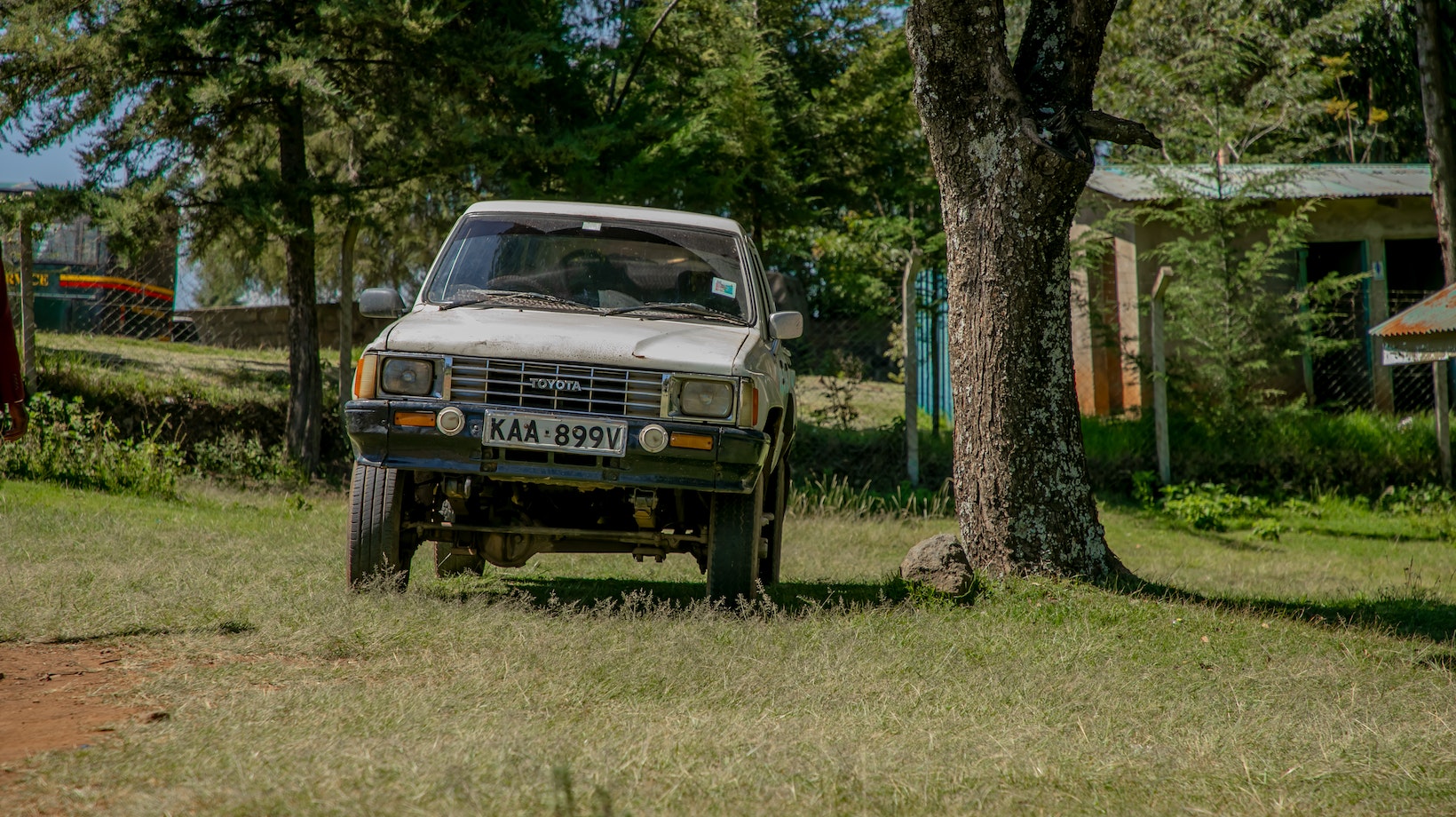Car Weatherstrip Repair
- Trim Removal Tool: This handy tool will help you safely remove the old weatherstrip without damaging the surrounding areas or paintwork.
- Weatherstrip Adhesive: A high-quality adhesive specifically designed for automotive weatherstrips is crucial for ensuring a long-lasting repair.
- Utility Knife: You’ll need a sharp utility knife to carefully trim and shape the new weatherstrip material to fit your car’s specific dimensions.
- Rubbing Alcohol: Before applying the adhesive, it’s important to clean the surface thoroughly with rubbing alcohol to remove any dirt or residue that may affect adhesion.
- Heat Gun or Hair Dryer: Depending on the type of weatherstrip material you’re working with, a heat gun or hair dryer can help soften and mold it into place more easily.
- Gloves and Safety Glasses: Protecting your hands and eyes is always important when working with tools and chemicals, so be sure to wear gloves and safety glasses throughout the repair process.
Preparing The Work Area
Before diving into your car weatherstrip repair project, take some time to prepare your work area properly. Here are a few steps you should follow:
- Park in a Well-Ventilated Space: Find an open area where you can park your car with plenty of ventilation, as some adhesives may have strong fumes.
- Clean Surrounding Surfaces: Use a mild detergent and water solution to clean any debris or dirt from around the damaged weatherstrip area before starting repairs.
- Protect Your Vehicle’s Interior: Lay down protective sheets or towels inside your car near where you’ll be working to prevent any accidental damage or spills.

Removing The Damaged Weatherstrip
- Locate and Assess the Damage: Identify the sections of weatherstrip that need repair or replacement. Take note of any areas where the adhesive has failed or where there are visible signs of wear and tear.
- Use a Trim Removal Tool: Gently insert a trim removal tool between the weatherstrip and the car body, carefully prying it away to loosen its grip.
- Peel off the Weatherstrip: Slowly peel off the old weatherstrip, taking care not to damage any surrounding surfaces. If necessary, use a utility knife to cut through stubborn areas.
- Clean Up Residue: Once you’ve removed all parts of the old weatherstrip, clean up any remaining adhesive residue using rubbing alcohol and a clean cloth.
By following these steps and having all the essential tools at hand, you’ll be well-equipped to tackle your car weatherstrip repair project with confidence. Remember to take your time, work carefully, and refer to your vehicle’s manual if needed for specific instructions on removing and installing new weatherstrips.
Installing The New Weatherstrip
- Gather your materials: Before you begin, make sure you have all the necessary materials at hand. This typically includes a replacement weatherstrip specific to your car make and model, adhesive or clips (if required), and any tools needed for removal of the old weatherstrip.
- Prepare the area: Start by thoroughly cleaning and drying the surface where the new weatherstrip will be installed. This helps ensure better adhesion and prevents any debris from interfering with its effectiveness.
- Remove the old weatherstrip: Carefully remove the old weatherstrip by following any manufacturer instructions or consulting a repair manual if needed. Take note of how it was attached so that you can replicate the process when installing the new one.
- Install the new weatherstrip: Begin by positioning one end of the new weatherstrip in place, ensuring it aligns properly with any existing attachment points or channels on your vehicle’s frame or door. Gradually work your way along, pressing firmly but gently to secure it into position.
- Secure with adhesive or clips: Depending on your specific car model, you may need to use adhesive or clips to secure certain sections of the weatherstrip more effectively. Follow manufacturer guidelines for applying adhesive or attaching clips as necessary.
- Test for proper fitment: Once installed, close all doors and windows securely to test for proper fitment of the new weatherstrips. Check for any gaps or areas where sealing might be compromised.
- Make adjustments if needed: If you notice any issues during testing, such as inadequate sealing or misalignment, carefully adjust the position of the weatherstrips until they provide optimal coverage and seal tightly against surfaces.
By following these steps, you can successfully install the new weatherstrip, restoring the integrity of your car’s seals and ensuring a more comfortable and protected driving experience. Remember to refer to your vehicle’s specific manual or seek professional assistance if you encounter any challenges during the process.








































